Archaeologists Find Evidence for 40,000-year-old Modern Culture in China
No sapiens bones were found at Xiamabei, but archaeologists found a pigment-processing industry and miniaturized stone tools far in advance of their broad adoption in prehistoric China
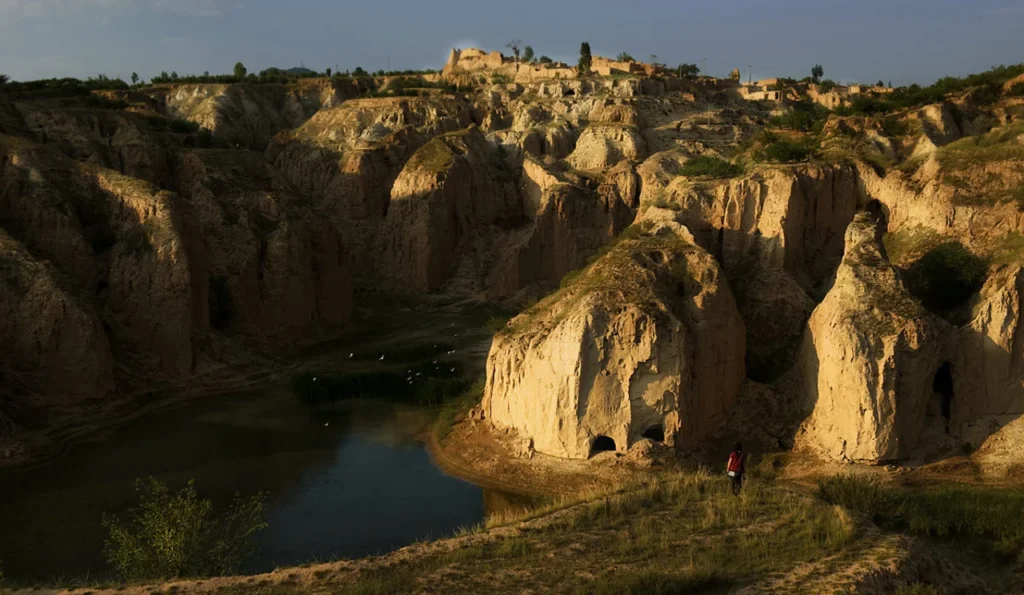
Archaic humans began reaching Eurasia at least 2 million years ago, but the timeline of anatomically modern types spreading out of Africa is not known. In any case, by 40,000 years ago modern humans had reached northern Asia, replacing the archaic populations.
Some modern remains from that time have been found, albeit few, but what their cultural adaptations were like was a mystery. Now an international team of archaeologists reports in Nature on indirect but compelling evidence for Homo sapiens’ presence at Xiamabei, a site in northern China by the Huliu River that dates to at least 40,000 years ago.Moreover, it seems they developed a unique stone technology culture that would only emerge broadly more than 10,000 years later.
The evidence found at Xiamabei includes the earliest discovery of ocher processing in the region – as distinct from ocher use, which has been found even among Neanderthals.
Another aspect is finely wrought stone bladelets of a type not found in China before, some of which bear traces of hafting, write Fa-Gang Wang of China’s Hebei Provincial Institute of Cultural Relics and Archaeology, Prof. Michael Petraglia of Germany’s Max Planck Institute for the Science of Human History and colleagues.
Supporting evidence is the separate discovery of modern human remains dating to about 40,000 years ago at nearby Tianyuan Cave and Zhoukoudian Cave. Also a modern skullcap was unearthed at Salkhit and dated to about 34,000 years ago. These discoveries support the theory that the Xiamabei manufacturers were sapiens.
Theoretically, since no bones have been found in the context of Xiamabei, the finds could be associated with other hominin types such as late Denisovans, or even their cousins the Neanderthals, the team admits.
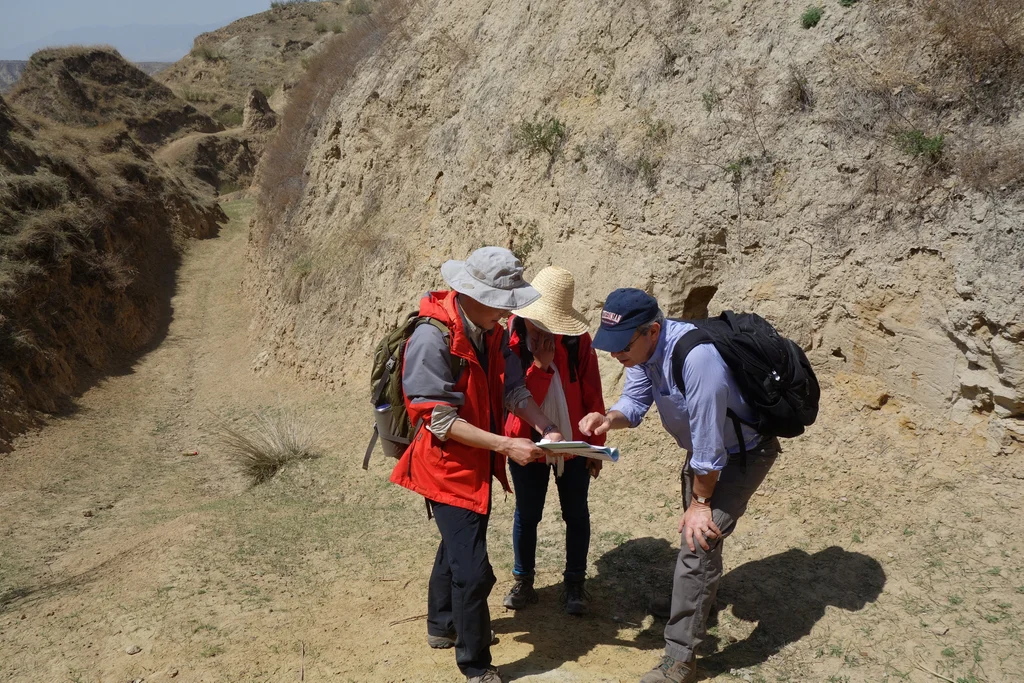

Modern Humans Began to Evolve, and Quickly Split Into Three Groups
Early Homo Sapiens Found in Ethiopia Is Older Than Had Been Thought
One Tooth Proves Sapiens Didn’t Just Stroll in and Replace the Neanderthals
But given the unique qualities of the finds in the context of China, and the fact that modern human remains from the same period were discovered in the area, the most parsimonious explanation is that the Xiamabei occupants were Homo sapiens, the authors conclude.
“As soon as I saw the archaeological collections, I knew immediately that this was a significant site,” says Petraglia on how he got involved. He didn’t participate in the excavation, which was in 2013, but is part of the international team analyzing the artifacts.
Spoor of sapiens
Homo sapiens, it seems, had been roaming beyond Africa shortly after our evolution began perhaps 300,000 years ago. Recent discoveries in Israel and Greece indicate that by 200,000 years, early modern humans were out of Africa and about.
Genetic analyses show these early modern humans evidently met and made merry with other human species beyond Africa. But the early modern exiters went extinct, and the Neanderthals and Denisovans and heaven knows who else continued to rule the Eurasian roost – until some point in time.
The exit that succeeded, in the sense that sapiens broke through to Eurasia and survived, was only about 50,000 years ago, give or take quite a few thousand years. Some surmise that sapiens had evolved to another level, which gave it crucial advantages compared with its equally big-brained cousin species.
In the current paper, the team points to three lines of evidence indicating innovations that may have helped sapiens expand, and suggests these are “spoor” of modern sapiens in Xiamabei 40,000 years ago: the micro-blades and their hafting (at least in some cases), the ocher processing, and a finely fashioned tool made of bone.
Pioneers of miniaturization
The stone tool assemblage at this site is generally small, the professor explains. The team found 382 micro-blades, made of local chert and quartz. Almost all measured less than 4 centimeters, or 1 and a half inches; over half were smaller than 2 centimeters: In Petraglia’s view, the inhabitants were intending to create exactly that – small, blade-like pieces.
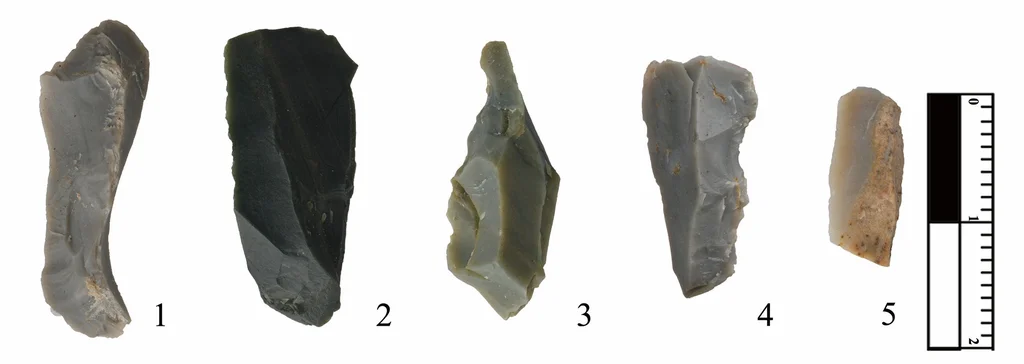
Seven of the blades show signs of hafting, probably into wood handles or possibly bone. It is even possible that they were affixing these wee blades into a handle to create a sort of prehistoric serrated implement. “These people really seem to be tooling up their industries and doing some very sophisticated things in order to process meat or plants or kill game much more efficiently,” he says.
And they were way ahead of their time. The types of stone tools in China before Xiamabei and even contemporary with it are core and flake, meaning simple, amorphous industries, Petraglia says. Microlithic technology – tiny stone blades – would only become the predominant technology in eastern Asia 29,000 years ago.
“There is no stone tool assemblage like it at the time, approximately 40,000 years ago,” Petraglia says. “Its appearance, therefore, is innovative. We have nothing like this technology beforehand, and there is no precedent. … The hafting evidence is also novel [for that time and place], and no earlier assemblage has shown the same.”
Possibly, the manufacture of microlithics at Xiamabei was a precedent to the broader phenomenon over 10,000 years later. “That said, we do not have a connection between Xiamabei to later microlithic sites. So, it seems that we have a wave of advance of people using innovative technologies at 40,000 years ago, only to disappear and be replaced by another population using microlithics at 29,000 years ago,” he suggests.
What were these fine tools, so ahead of their time, used for? The use-wear analysis of non-hafted pieces runs the gamut from cutting, boring and even use as wedges, the authors contend. Use-wear analysis of the hafted pieces indicates several purposes, including to scrape hides, to scrape and bore into hard matter, probably wood, to whittle wood, and likely use in the course of processing and/or consuming animals.
Which animals? Pollen analysis indicates that Xiamabei was a piney steppe at the time. That environmental characterization fits with the evidence for the occupants’ meals. They ate copiously of the deer – as did all human species, it seems; venison is widely appreciated to this day. The Xiamabei people also doted on roast horse and zokor, that being a relatively large subterranean rodent somewhat like our friend the mole rat. Zokors were probably easy to hunt.

The degree to which animal bones were burned suggests the occupants may have been burning bones for fuel. Apropos of the bones, the archaeologists also found a bone tool – just one, but believe it shows evidence of advanced technique.
Also, ocher residue was found on 10 of the tools. In two cases, the ocher was on the tool’s active edge, suggesting ocher in the glue, or its use in hide processing. But the intriguing aspect isn’t the use made of ocher – it’s the processing.
The earliest paint factory in China
Ocher use has been a hallmark of the Homo line predating our species, it seems. Especially red ocher. The friable colorful stone may have been used by Homo erectus in Kenya 285,000 years ago. There is somewhat more confident identification of its use at an early Neanderthal site in the Netherlands a quarter-million to 200,000 years ago.
But a prehistoric ocher processing facility is another level. The archaeologists believe that at Xiamabei, the occupants were hauling various kinds of ocher to the cave, and grinding and pounding them to produce paints.
What they did with those paints is anybody’s guess – decorate their environs, their bodies, their clothes, their utensils and weapons – but the amount they produced was enough to impregnate the floor where they worked, the team writes.
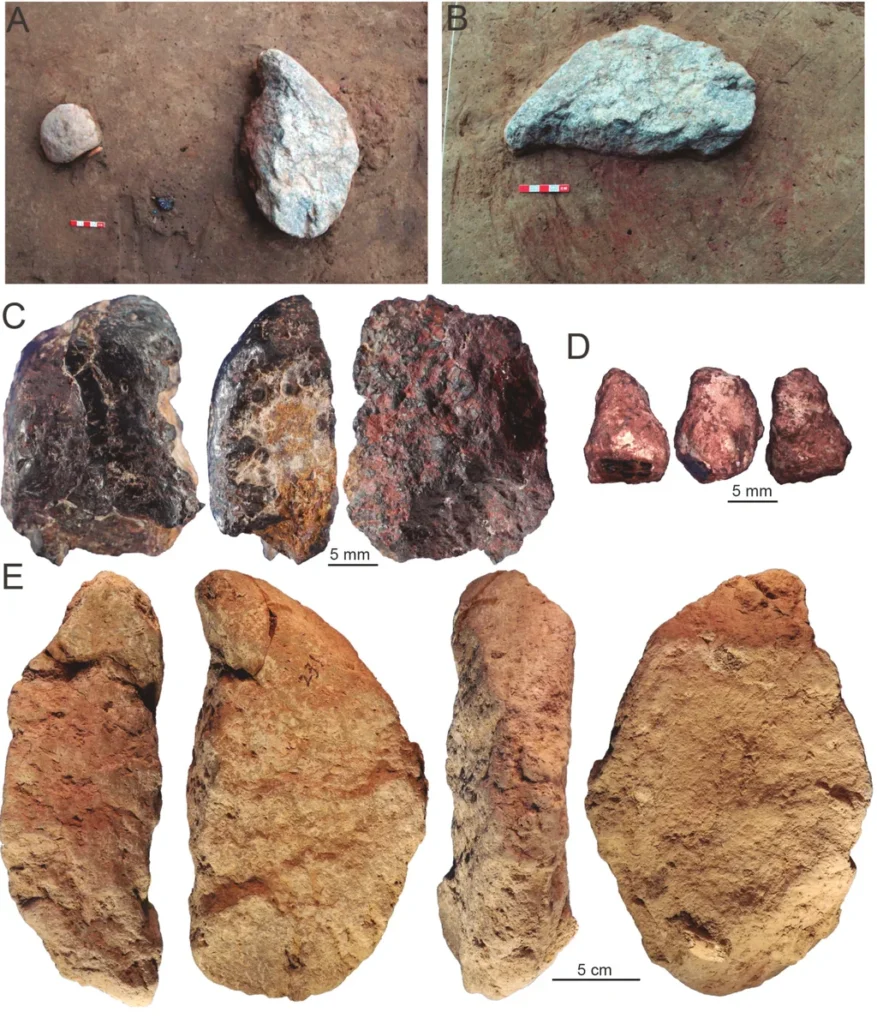
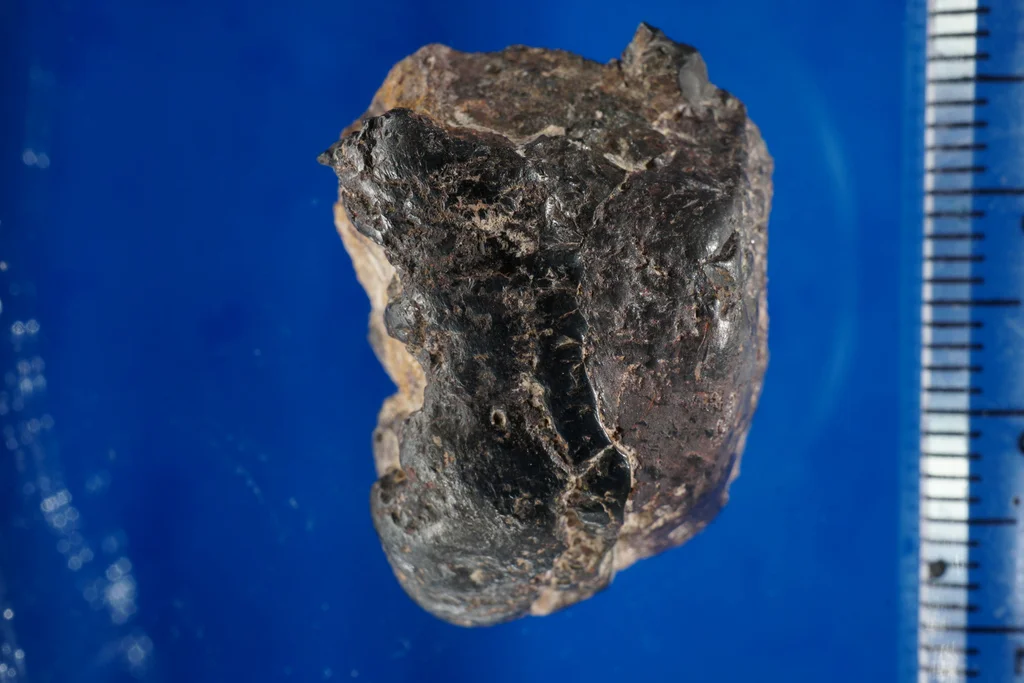
The archaeologists identified one piece of iron-rich ocher that had been repeatedly abraded to produce a bright dark red ocher powder; one small piece of a different kind of ocher seemingly generated by the crushing of a big piece; and an elongated limestone slab stained with ocher. “A workshop for the production and use of mineral pigments at Xiamabei constitutes a second new cultural element in comparison with earlier and contemporary sites,” the team explains.
“The preservation of this floor [where the ocher facility was found] is literally unprecedented – it’s Pompeii-like, if you will. So we can say a lot about hominin activities. We actually saw an activity area of ocher processing, which is unprecedented for China,” Petraglia explains.
While the habitation floor was infused with different shades of ocher, red predominated. That is in keeping with precedent from other areas, times and sites: hunter-gatherers the world wide use red ocher to daub their selves, garb and adornments, Petraglia points out.
So the bottom line is that others used ocher and small tools, but the pigment-processing industry and the small tools of this sort were firsts of their kind in the region, he underlines.
We repeat that the identification of the species-at-large at Xiamabei is inferred. Tianyuan Cave is just 150 kilometers, or 93 miles, away and housed Homo sapiens specimens showing genetic evidence of cross-breeding with Neanderthals.
Did the people who lived at Xiamabei 40,000 years ago survive? Which means, do they have descendants – or is this another lineage that went extinct? We don’t know, but separate work showed that the lineage of their neighbors at Tianyuan 40,000 years ago may have survived in some Asian and Native American populations – chiefly in South America.
How much light does this shed on modern human development? The archaeological record argues against the notion of linear, continuous cultural innovation, or of a fully formed set of adaptations that enabled early humans to expand out of Africa and conquer the world. It fits with a pattern of mosaic innovations.
